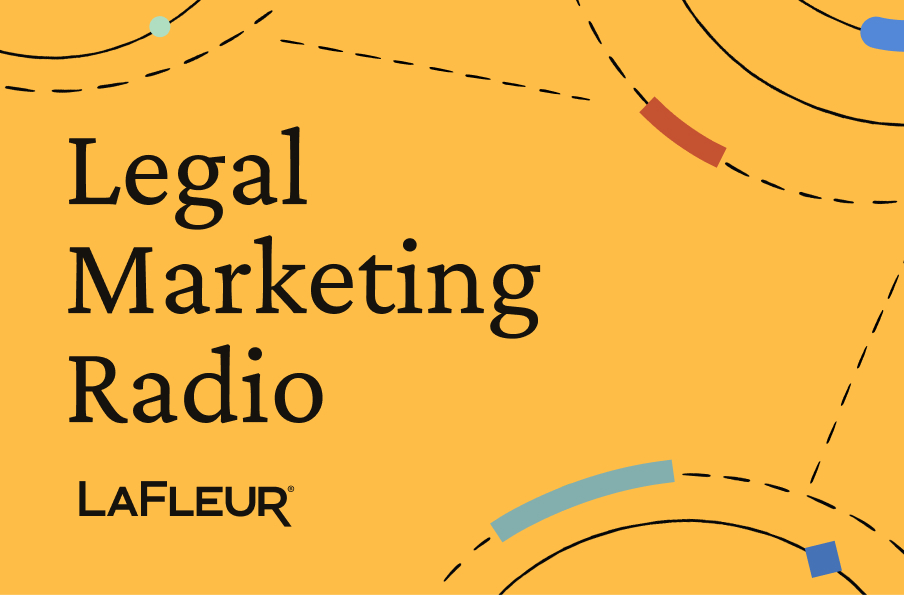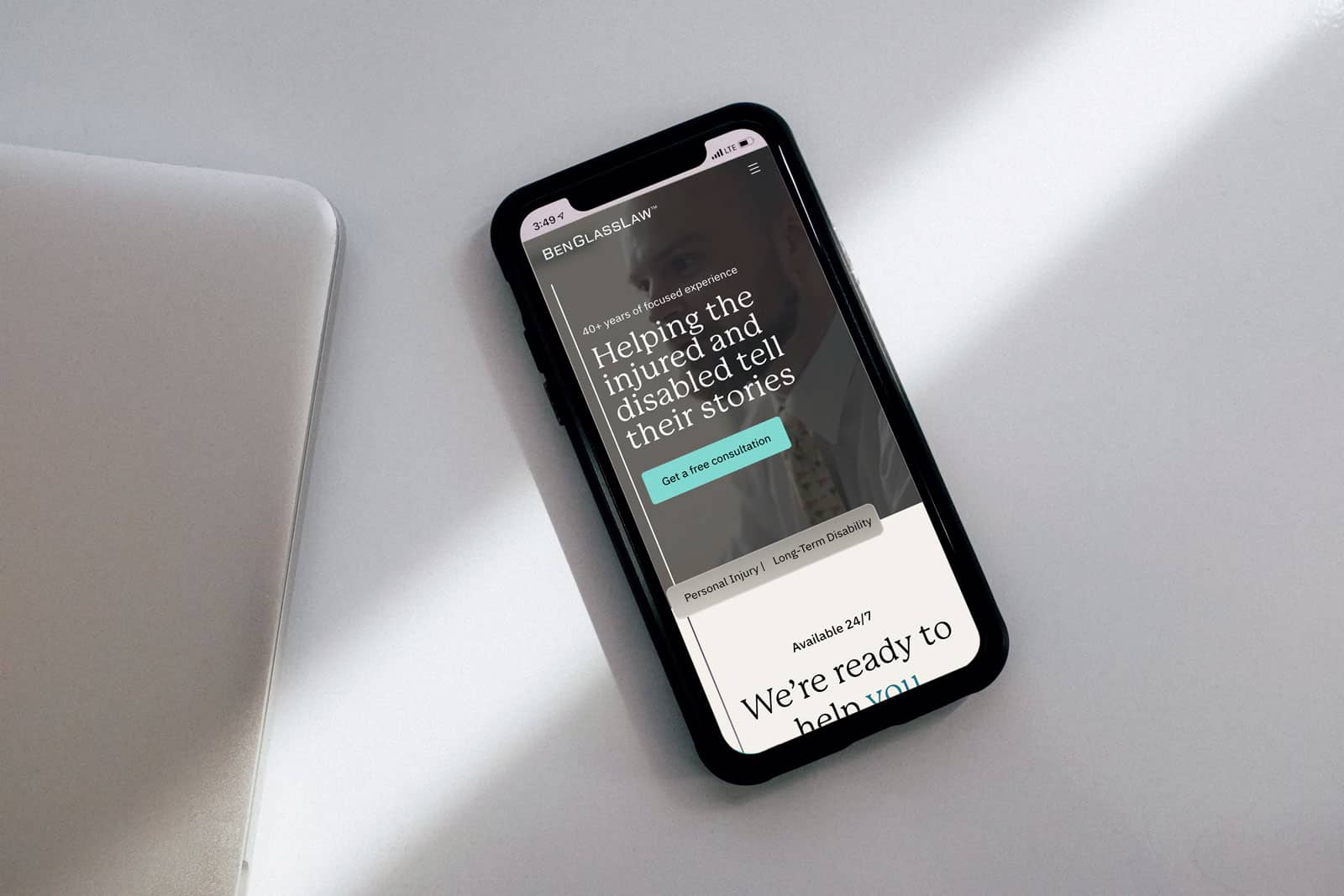There’s a good chance that you consider “word of mouth” one of your company’s top lead generators. That’s because humans are pack animals. Research shows that when humans weigh difficult decisions, they find assurance and security in other people’s opinions. We all tend to think that if other people have used a product and service, and are happy with it, it’s probably a good option for us too.
Marketers refer to this phenomenon as “social proof.”
In this article, we’ll explore the power of social proof and how you can leverage client stories and testimonials to expand your reach and get more clients.
What is social proof?
When you make a big consumer decision whether it’s buying a new car, booking a bucket-list vacation, or choosing a dentist, what does your selection process look like? If you’re like me, you research your options (probably online), look at reviews and ratings, and talk to trusted friends and family.
While some of this process is objective (the engine specs for each car, the price and location of each hotel option, or the dental practices’ business hours), much of the information we rely on is subjective. To be honest, I chose my dentist because a family member used (and liked) their services, not because of where he went to dental school.
This is social proof in action. And studies have even shown that people will assign credibility to reviews and testimonials, regardless of whether they know the person making the statement.
Marketers have leaned into our need for affirmation and justification for decades. But online marketing is where social proof really shines. Online reviews, testimonials, and client-centered success stories (especially videos) can corroborate your claims and make people more likely to call your firm or business.
What does a client success story look like?
While reviews on your Google Business Profile are an essential part of your social proof (and local SEO) strategy, thoughtful, client-centered success stories can also be beneficial.
According to Martindale-Avvo’s 2022 legal consumer survey:
- Nearly 30% of people said that online reviews and testimonials were one of the top reasons they hired their lawyer
- 26% reported that their attorney’s personality and working style has a deciding factor
- 23% said that information about their lawyer’s track record and past outcomes helped them pick a lawyer
A well-crafted client story can offer all these elements: a compelling testimonial, insight into how you handled the case, and how you solved your client’s problems. It’s always better to show, not tell.
But the focus of these stories should always be the client. While you might provide insight and perspective, the narrative is framed around their unique needs and journey. Here’s a great example from Crosley Law:
It’s also important to note that your client stories don’t have to be slickly produced. While it’s nice to have good lighting and professional graphics, many law firms and companies are filming their own client stories today—using user-friendly camera systems and editing platforms.
RELATED: Simple Tips for Shooting Great Testimonial Videos
Client stories and compliance
If you work in a highly regulated industry, like law, you should consider your ethical obligations before publishing a client story. Most Rules of Professional Conduct prohibit the unauthorized sharing of client information.
And some states go even further, regulating what can (and cannot) be included in a client testimonial. For example, Florida considers any testimonial to be deceptive and misleading when:
- Your client makes statements about topics which they are unqualified to evaluate (like the quality of your legal representation)
- Their experience is not representative of your clients’ general experience
- The testimonial was written or drafted by the lawyer or law firm
- The law firm provided anything of value in exchange for the testimonial
- It does not include a disclaimer that potential clients might not get the same results
If you’re not sure how to navigate your regulatory and ethical hurdles, it’s best to work with a skilled marketing partner who specializes in highly regulated industries.
Client success stories offer multiple benefits to law firms and other professional organizations
Social proof also signals experience, expertise, and trustworthiness to search algorithms
Google has always preferred human-centered content that demonstrates high EAT (expertise, authoritativeness, and trustworthiness). In recent years, the company’s emphasis on these factors has grown.
In 2022, Google updated its Search Quality Rater Guidelines. These guidelines help the search engine’s quality raters manually check websites’ relevance. They are also considered by digital marketers to be a guidebook to where the search engine is headed.
The 2022 update notably added another “E” to the EAT acronym: experience. Experience focuses on the content creator’s first-hand or life experience surrounding a topic. In comparison, expertise involves training and qualifications, and whether the creator has the requisite knowledge and skills to speak credibly on a topic.
Suppose you’re a personal injury lawyer who primarily handles medical malpractice claims. In this case, here’s what experience and expertise look like (in a digital marketing context):
- Experience: Videos, stories, results pages, and other content documenting your first-hand experience representing victims of medical negligence
- Expertise: Information about where you attended law school, when you passed the bar exam, and how long you’ve been board-certified
There is admittedly some overlap between experience and expertise, but both contribute to a page and content creator’s overall trustworthiness and credibility. And while EEAT is not technically a ranking factor (I’d argue it’s more important than that), a high level of EEAT will result in better organic rankings.
Boost your ROI by turning your client stories into modular content
If you’re going to go through the effort of building a really compelling client story, you’ll want to maximize your ROI. So, rather than treating your client story as a one-and-done asset, you should take a modular approach, where you can break up the story into multiple parts that can be repurposed across multiple platforms.
Suppose you and your marketing partners build a client story package that focuses on Sarah, whose family was in a car accident. You have video footage of Sarah talking about the family’s injuries, why they hired your law firm, and the amazing results that you delivered. You also have footage of her lawyer explaining how they approached the case, highlighting your team’s innovative solutions.
A modular approach to this story might include:
- A two-minute video that highlights both Sarah’s journey and her case’s details.
- A one-minute video including both Sarah that focuses on her experience and perspectives.
- Another one-minute video that emphasizes your creative problem-solving and your firm’s client experience.
- Multiple 30-second videos that highlight key takeaways from the case, which can be shared on social media. Some are client-centered, others focus on your legal strategy.
- A long-form written story that embraces SEO best practices but is human-centered and clearly articulates Sarah’s journey and how you helped solve her problems. The two-minute video would be embedded on this webpage.
- Consumer-focused social media posts that either highlight the 30-second videos or drive traffic to the blog. These might even be repurposed copy from the longer written story.
- LinkedIn posts for the lawyer to share on their professional profile.
- Shorter copy to share on your newsletter, along with an embedded video or link to the full story. Again, this might be repurposed copy from the longer written story.
- A library of approved images.
By taking a modular approach, you have a ready-made campaign that can be shared across all of your platforms, amplifying your message and social proof.
Here’s how Crosley Law used additional footage from the client story above to make another more lawyer-centered video.
LaFleur: Human-centered marketing that gets results
Valuing relationships is one of our core values at LaFleur, and it’s an honor to work with professional service and law firms that share our views. Our experienced team can help you build client videos and stories that celebrate your clients’ resiliency and your creative solutions.
To learn more, you reach us by completing our simple online form.





